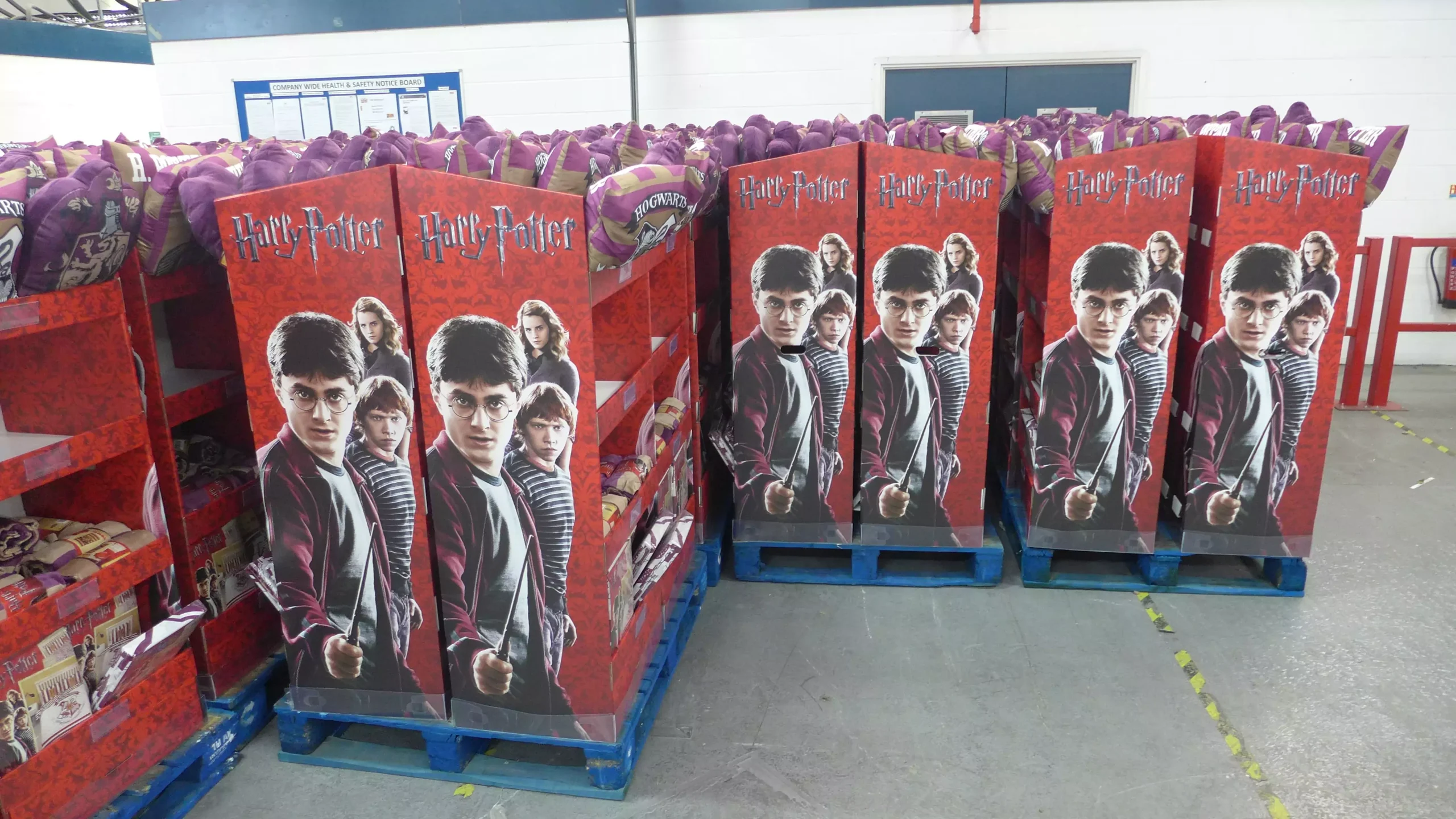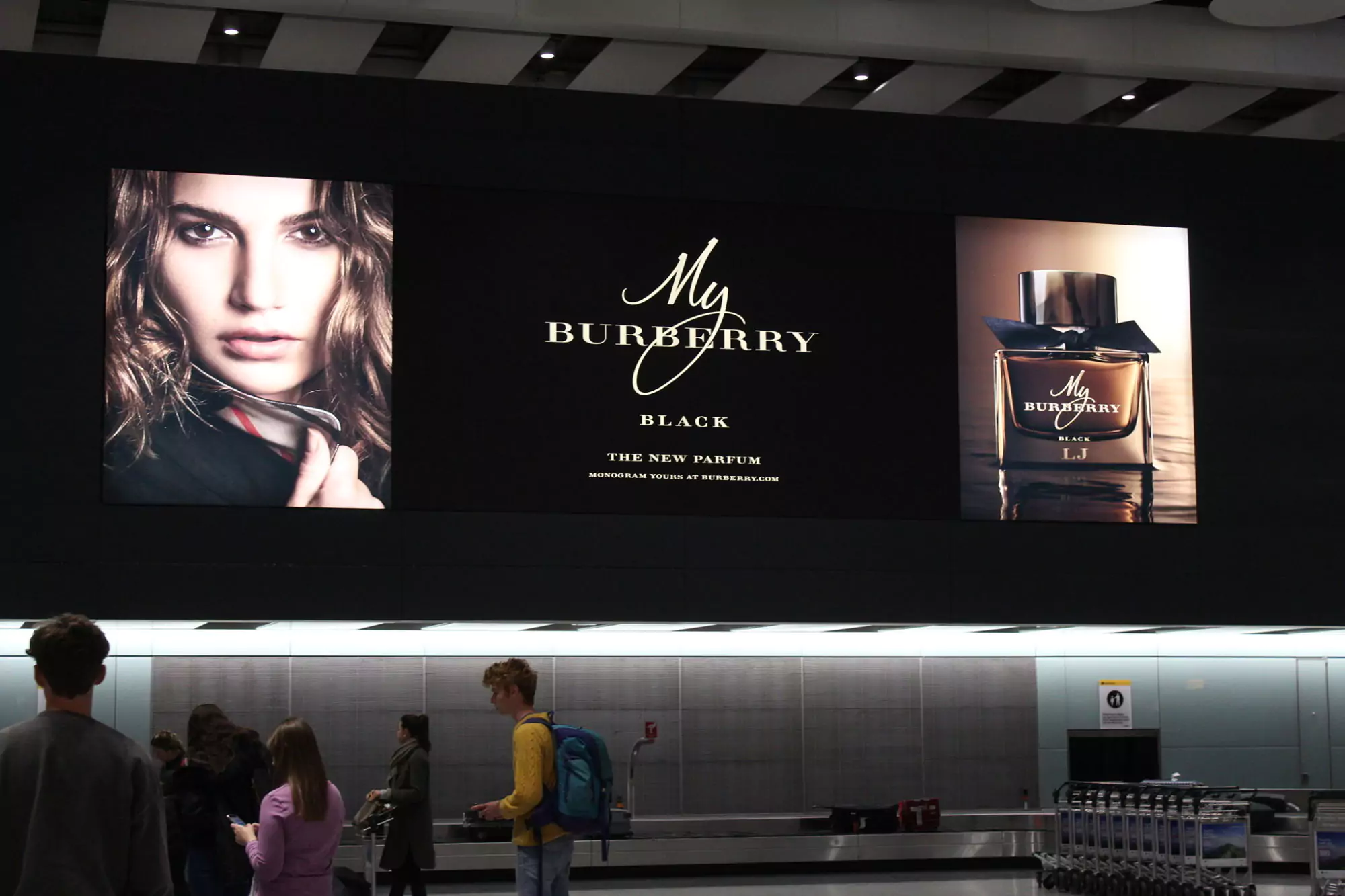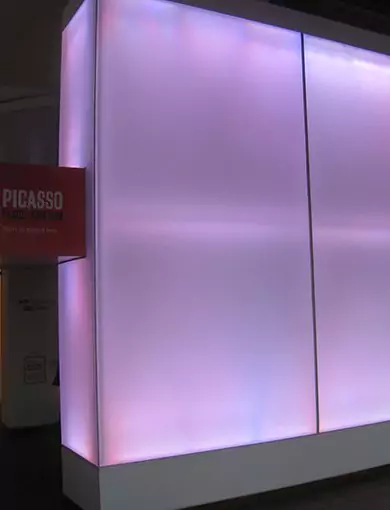
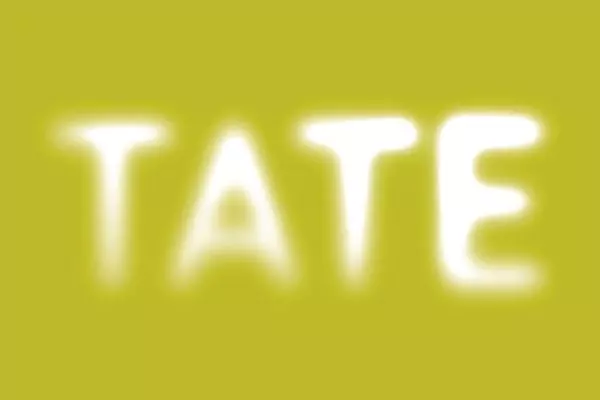
Picasso Freedom Exhibition
No surprise for a recent European Capital of Culture (2008), Liverpool has more museums and art galleries than any other city in the country. Situated at Albert Dock, amongst the largest group of Grade I listed buildings in Britain, is Tate Liverpool one of the family of four galleries which makes up Tate.
A well recognised public institution, and one of the UK’s most prestigious, its stated mission is to increase public knowledge, understanding and enjoyment of British modern and contemporary art through both the collection and an inspiring programme in and beyond its galleries.
Since first opening its doors in 1988, Tate Liverpool has presented over 150 different exhibitions and displays of work by innumerable artists, some being seen for the first time in the UK.
Tate Liverpool plays a significant part in the cultural life of the city and continues to showcase work as part of “the Biennial” – the acclaimed exhibition showing new works by international artists commissioned specially for Liverpool. It collaborates with a range of educational and cultural partners to ensure the Gallery remains innovative and influential in the presentation of its collection and to encourage a younger audience through its active education programme.
May 2010 saw the opening of Picasso: Peace and Freedom – a major exhibition bringing together over 150 works by Picasso from across the world. Promoted as “a fascinating new insight into the artist’s life as a tireless political activist and campaigner for peace, challenging the widely held view of Picasso as creative genius, playboy and compulsive extrovert”, this was the first exhibition to examine in depth the artist’s engagement with politics and the Peace Movement.
The Brief
Cestrian was charged with creating a high impact, highly visible means of visually promoting this prestigious event in the main gallery reception. The exhibition display solution proposed needed to be lightweight enough to conform to Tate Liverpool’s Health and Safety requirements, fit within a pre-determined budget and utilise a minimal amount of floor space.
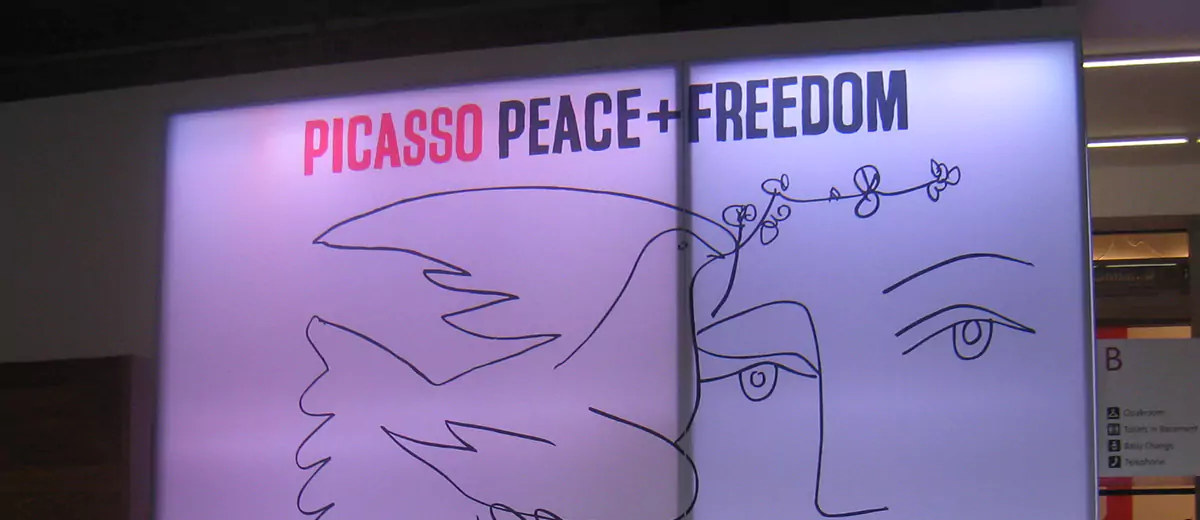
Considerations
All of this to be achieved without restricting customer access flow or detracting from the visitor’s visual experience. Limited wall space was available due to an existing large “Barasol” lightbox, fitted to the main entrance facing wall. This, being fitted with only lightweight and fragile translucent PVC, was not suitable for the application of graphics to its surface.
Solution
Cestrian designed and created a bespoke aluminium frame system to fit around each section of the existing “Barasol” lightbox. Fitted to this frame was a translucent fabric, printed with the client’s chosen imagery. The fabric was customised to include rubber extrusion sewn into its perimeter allowing it to be easily interchanged.

Outcome
The solution provided the following benefits:
- High visibility
- Maximum impact
- Utilisation of existing light source
- Flexibility to use for future events
- Ease of use and replacement
- Maximum use of limited space
- Health and safety compliant
- Within budgetary constraints



Technology
The final outcome was achieved using a Mimaki 320 Textile Printer with a maximum size of 3m x 50m and resolution up to 1080dpi capable of printing 60sqm per hour. Images were printed onto Cestrian’s Environflex stretched fabric suitable for a range of applications that include retail graphics, theatrical backdrops, flags, banners, soft signage and PoP.
Client Comments
“We had been investigating ways of using the lightboxes in our foyer to display information for some time. Part of a recent refurbishment of space, they had not originally been designed to carry graphics. Cestrian understood our problem and came up with a solution that worked perfectly and was affordable after several other suppliers’ suggestions had been rejected.”

